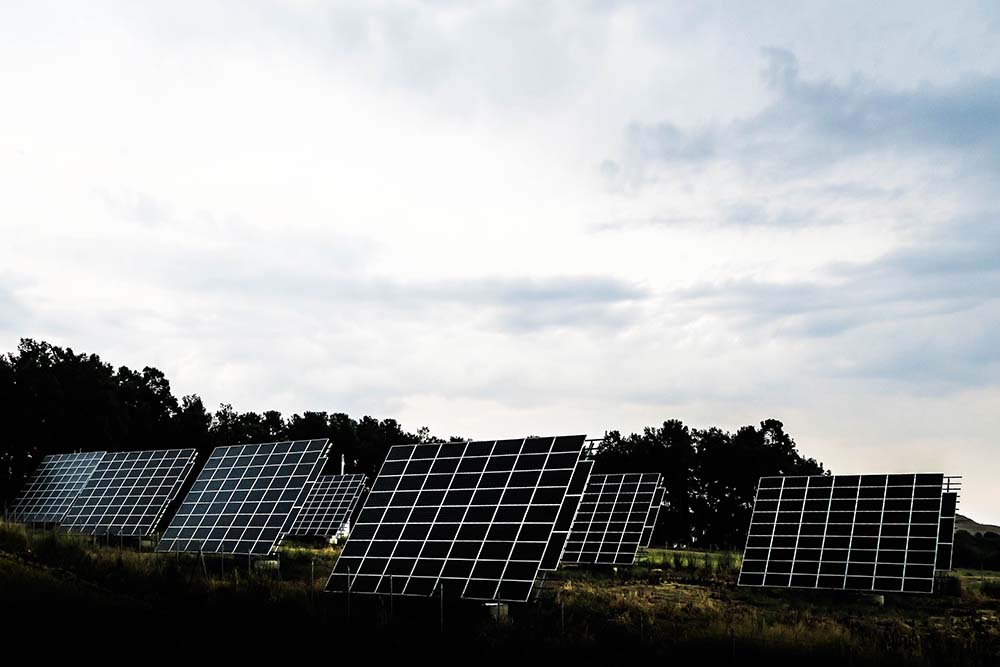Big infrastructure spending plans in both Canada, the United States, and the European Union, all place a lot of emphasis on renewable energy displacing coal, gas and petroleum burning generating stations and motor vehicles. Yet little attention is given to the one vital element that makes all these ‘green’ energy transition plans viable: practical and affordable energy storage. Solar and wind power are not available at all times, so they must be stored in a buffer to allow for use at night or when there is little wind. The environmentalists who advocate for ‘green’ energy will not allow natural gas or nuclear energy to be inserted into the grid to provide variable power when needed.
So, there needs to be a reckoning as to how much energy storage will be needed to make solar and wind energy, and perhaps tidal, wave, and ocean current energy realistic substitutes for the fossil fuels that power homes, businesses, institutional buildings and most vehicles.
Fortunately, accredited scholars at National Laboratories of the US federal government have done some research on this topic and arrived at some findings and have made recommendations.
Their report “defines and evaluates cost and performance parameters of six battery energy storage technologies (BESS)”; lithium-ion, lead-acid, redox flow, sodium-sulphur, sodium metal halide and zinc-hybrid cathode, “and four non-BESS storage technologies (pumped storage hydropower, flywheels, compressed air energy storage, and ultracapacitors).”
The authors concluded that, even in 2025, it is likely that lithium-ion will be the most cost-effective given projected improvements in technology, performance and costs for all the different alternatives, with zinc-hybrid cathode a close second (as it uses a metal that is cheaper and not heading into scarcity, as lithium is). To be agnostic on technology, an average of the two was used in the calculations below.
The study estimated a 2025 cost of USD$362, constructed, installed and connected, per kWh, for lithium and USD$433 for zinc, an average of USD$398/kWH, about CAD$497/kWh at today’s exchange rate. Providing storage to make renewables viable for Alberta and Saskatchewan, Canada’s sole major coal-or-gas power regions would cost CAD$2.78 billion per kWH, for all 5.6 million people (at one kW per person), or $27.8 billion for ten hours’ storage, which may be an inadequate safety margin.
That is just for today’s electric power use; replacing transportation would increase electrical generation demand greatly, as would replacing natural gas heating across the country. According to an electric vehicle website, electric cars have a wide range of efficiency. Eliminating outliers, but using the average of the best and worst efficiency car models, the efficiency is 208 WH per km driven. At a modest use of 10,000 km per vehicle per year, replacing ten million vehicles in Canada would mean an additional average capacity requirement of 2.7 MW; the peak could be more. Storage for ten hours would cost a moderate $13.4 million. This seems much too low, and would likely be much higher in practice, given erratic motor vehicle traffic volumes and home- and non-home recharging timing.
According to the Canadian Gas Association, Canada consumed 3.44 trillion cubic feet of natural gas in 2019, or about 3.44 million GJ. If this were to be cut in half and all generated by renewables, the energy storage cost required would be 109 MW times ten hours times $497/kWH, which equals $542 million. Again, this seems low; it would likely be substantially higher in reality. Lighting and heating have highly variable demand in Canada; very little in the warmer, sunnier months, and quite heavy otherwise.
The final, total cost, leaving aside the cost of all the renewable energy capacity that would be needed to vastly increase the electric power the nation could generate, the cost of just ten hours of energy storage to make all the renewables viable is likely to be over $28 billion in 2025 and does not take into account all the CO2 , N2O and CH4 emissions required to produce and install all these devices. If fifteen hours is deemed to be a safer buffer, then the price exceeds $42 billion; if twenty hours, then $56 billion.
This seems to be a high price to pay for dubious benefits, and it is not at all clear that the climate crusaders have incorporated or considered these costs directly or even merely tangentially. Climate Change Purity is expensive, and Canadians need to know how much, and why, they may be forking over many billions to reach that ever-elusive goal. The ‘green agenda’ includes more than just storage, too.
On the bright side, and very importantly, the new energy storage would make all the erratic and unreliable renewable energy sources practical and commercial, without further subsidies or credits. It makes one wonder, therefore, why energy storage is not emphasized more and concentrated upon, and why there is so much focus on other elements of the ‘green agenda’. Just funding or encouraging more storage would suffice; there should be no need for further vast expenditures or tax subsidies.
Either the proponents of the grandiose ‘energy transition’ or ‘energy revolution’ do not know what they are talking about, or the whole program is an excuse to spend huge amounts of money to benefit cronyistic interest groups and amass more government control and power. Highly disruptive and expensive social engineering and utopian industrial restructuring to satisfy the ill-founded notions of melodramatic ‘activists’ and virtue-signalling politicians do not seem to be the optimal way to address the dubious ‘threat’ of supposedly rapidly accelerating and not-always-malevolent global warming.
Ian Madsen is a senior policy analyst with the Frontier Centre for Public Policy.
Photo by Jason Blackeye on Unsplash.



